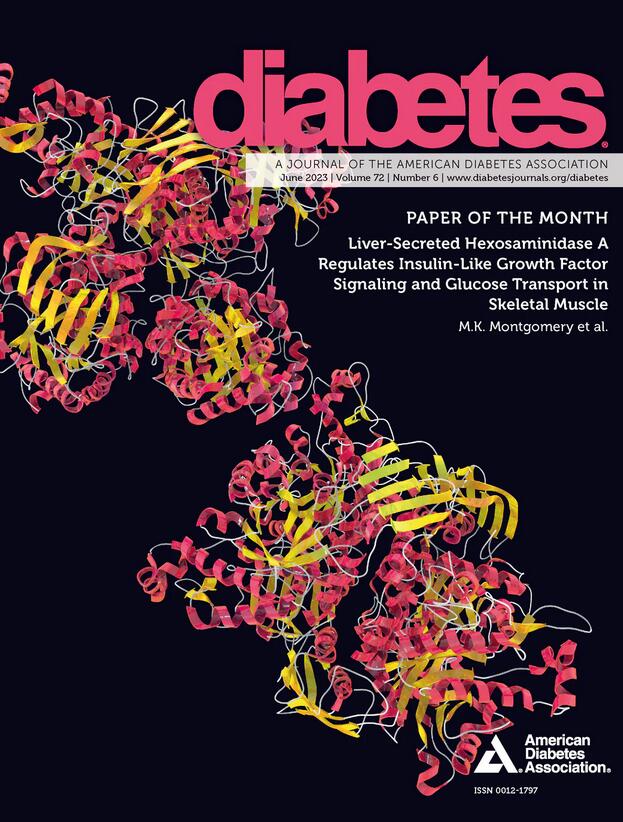高分辨率全基因组DNA甲基化揭示了疼痛性糖尿病神经病变的独特特征
IF 6.2
1区 医学
Q1 ENDOCRINOLOGY & METABOLISM
引用次数: 0
摘要
这项工作的目的是描述DNA甲基化特征,并确定与2型糖尿病神经性疼痛相关的基因。我们分析了两个独立的糖尿病神经病变队列:PROPGER包括从德国本文章由计算机程序翻译,如有差异,请以英文原文为准。
High-resolution whole-genome DNA methylation revealed unique signatures of painful diabetic neuropathy
The aim of this work was to describe the DNA methylation signature and to identify genes associated with neuropathic pain in type 2 diabetes mellitus. We analyzed two independent diabetic neuropathy cohorts: PROPGER consisting of 72 painful and 67 painless patients recruited at the German Diabetes Center in Düsseldorf (DE), and PROPENG comprising 27 painful and 65 painless diabetic neuropathy patients recruited at the University of Manchester (UK). Genome-wide methylation data was generated using Illumina Infinium Methylation EPIC v1.0 BeadChip. We used four different selection criteria to identify promising pain-related genes. Our findings revealed significant differences in methylation patterns between painful and painless diabetic neuropathy and identified a set of individual CpG sites of unique candidate genes associated with the painful phenotype. Several of these genes, including GCH1, MYT1L and MED16, have been previously linked to pain-related phenotypes or diabetes. Through pathway enrichment analysis, we demonstrated that specific epigenetic signatures could contribute to the complex phenotype of diabetic neuropathy and cluster analyses highlighted significant epigenetic dissimilarities between painful and painless phenotypes. Our results uncovered epigenetic differences between painful and painless diabetic neuropathy patients and identified targeted genes linked to neuropathic pain through DNA methylation mechanisms. This approach holds promise for investigating other chronic pain conditions, such as secondary chronic pain from cancer treatment, thoracic surgery, and various transplant settings.
求助全文
通过发布文献求助,成功后即可免费获取论文全文。
去求助
来源期刊

Diabetes
医学-内分泌学与代谢
CiteScore
12.50
自引率
2.60%
发文量
1968
审稿时长
1 months
期刊介绍:
Diabetes is a scientific journal that publishes original research exploring the physiological and pathophysiological aspects of diabetes mellitus. We encourage submissions of manuscripts pertaining to laboratory, animal, or human research, covering a wide range of topics. Our primary focus is on investigative reports investigating various aspects such as the development and progression of diabetes, along with its associated complications. We also welcome studies delving into normal and pathological pancreatic islet function and intermediary metabolism, as well as exploring the mechanisms of drug and hormone action from a pharmacological perspective. Additionally, we encourage submissions that delve into the biochemical and molecular aspects of both normal and abnormal biological processes.
However, it is important to note that we do not publish studies relating to diabetes education or the application of accepted therapeutic and diagnostic approaches to patients with diabetes mellitus. Our aim is to provide a platform for research that contributes to advancing our understanding of the underlying mechanisms and processes of diabetes.
 求助内容:
求助内容: 应助结果提醒方式:
应助结果提醒方式:


